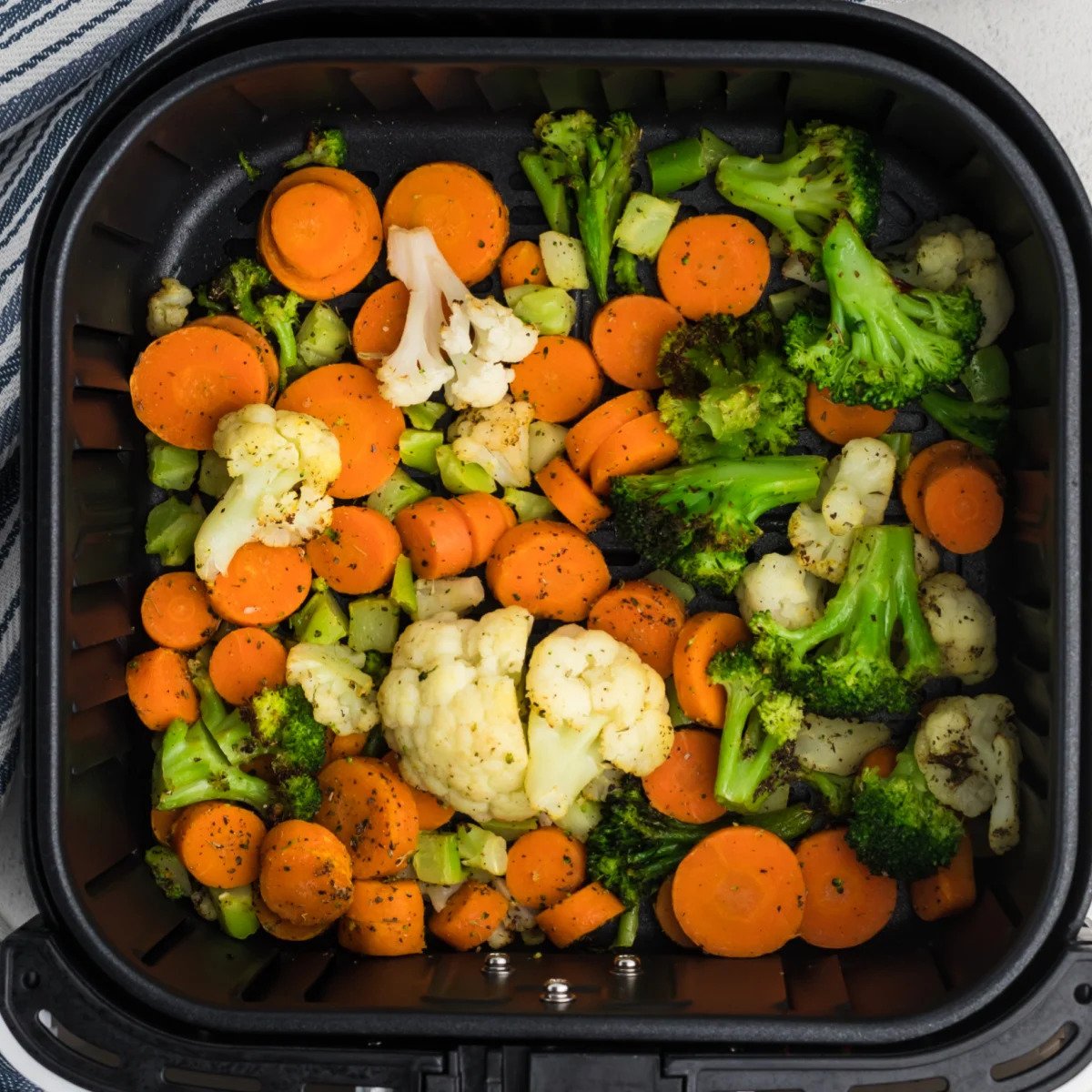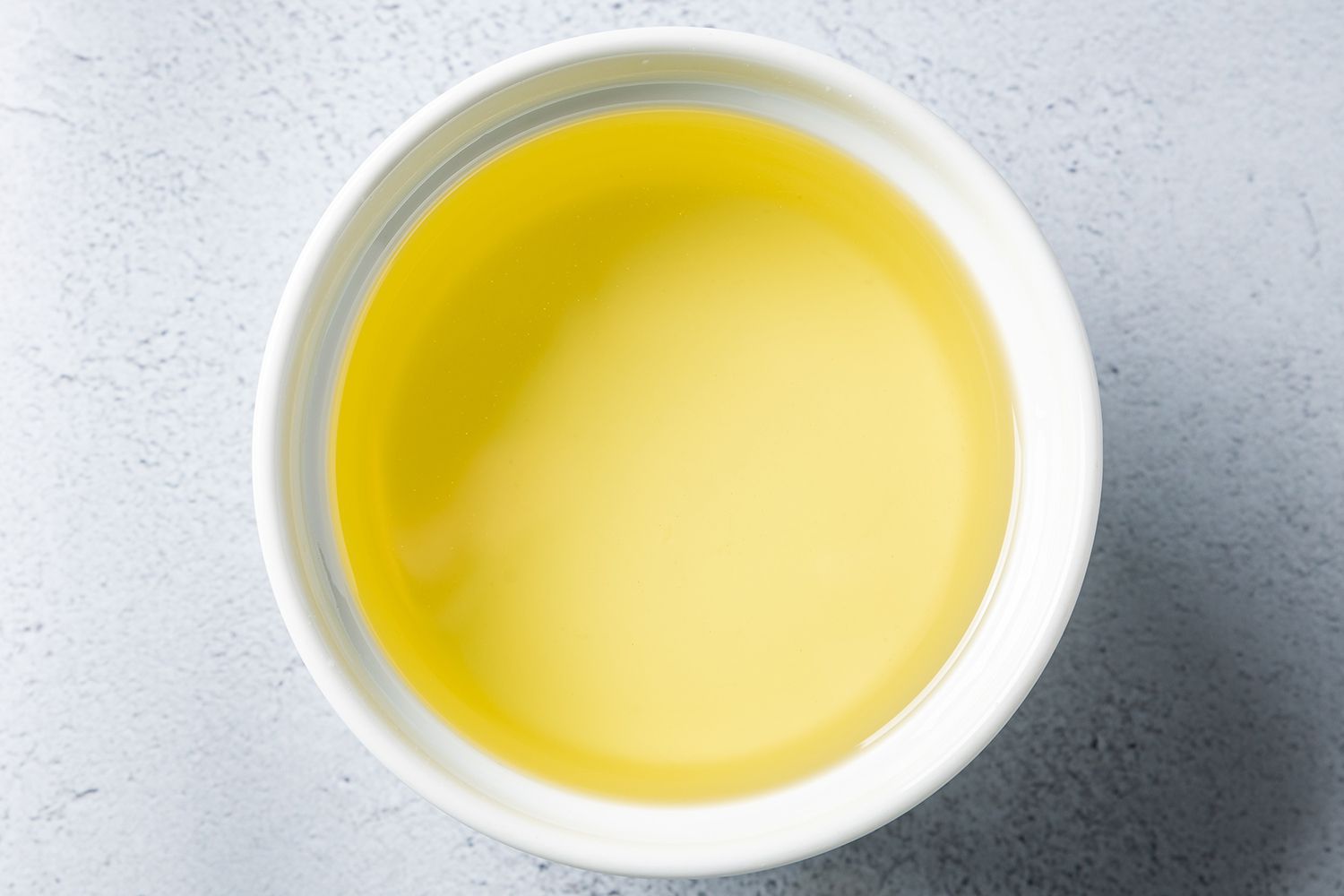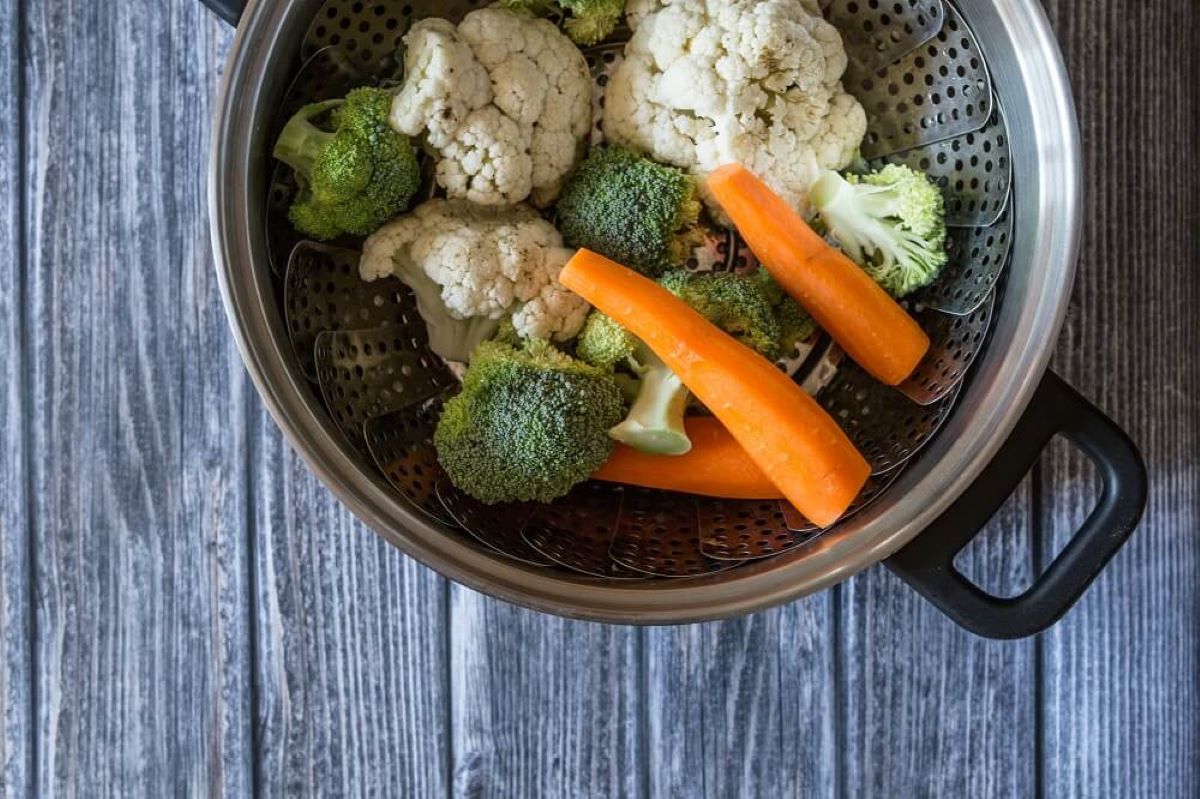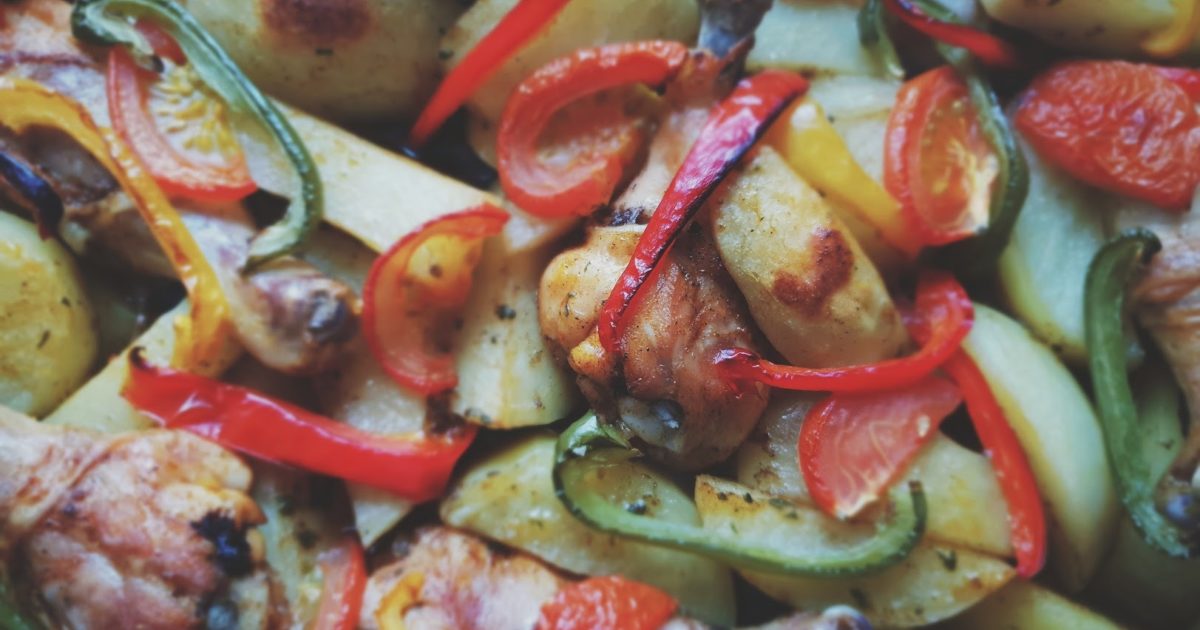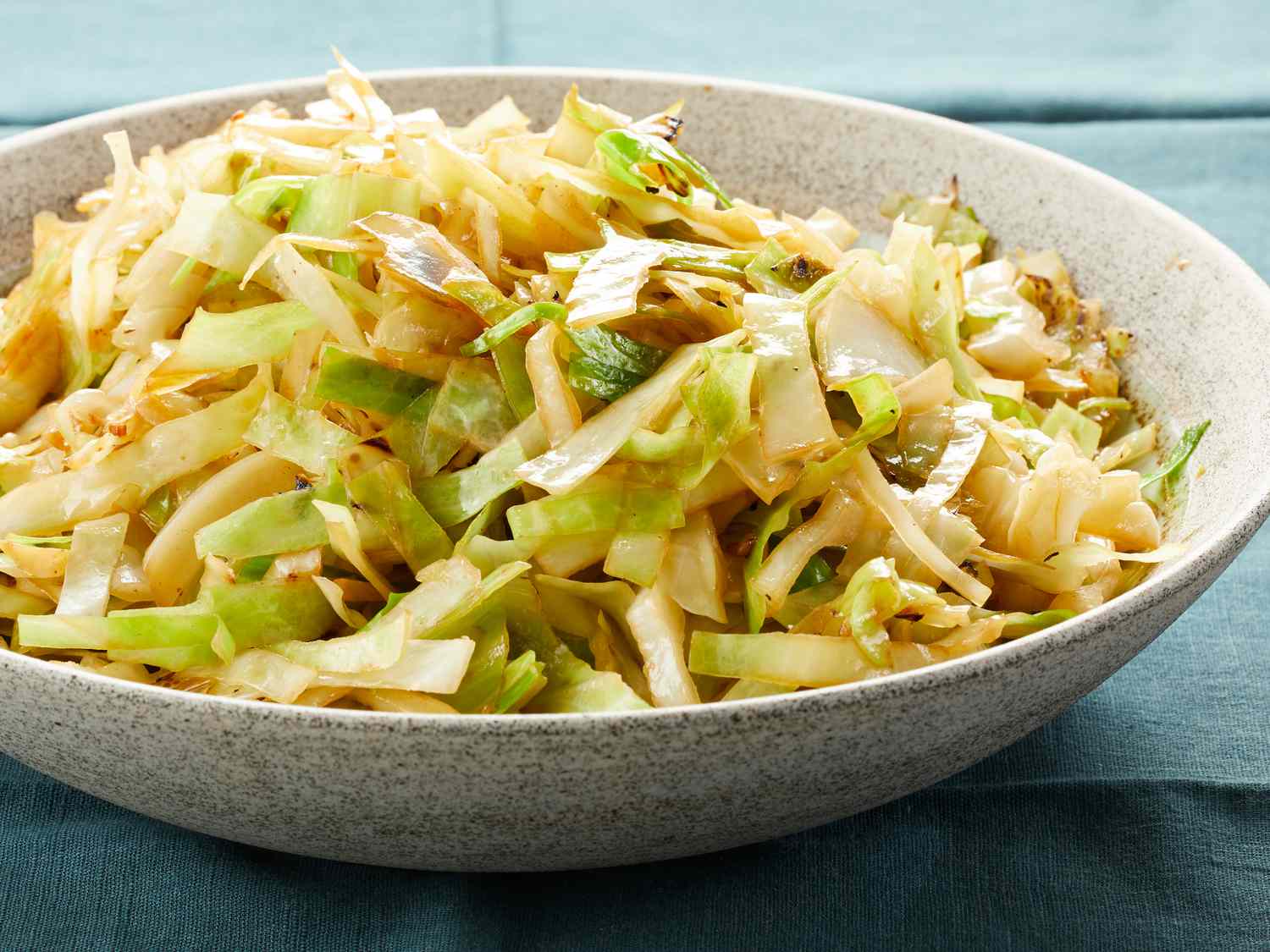Home>Gardening News and Trends>Latest News>How To Cook Vegetables Without Oil
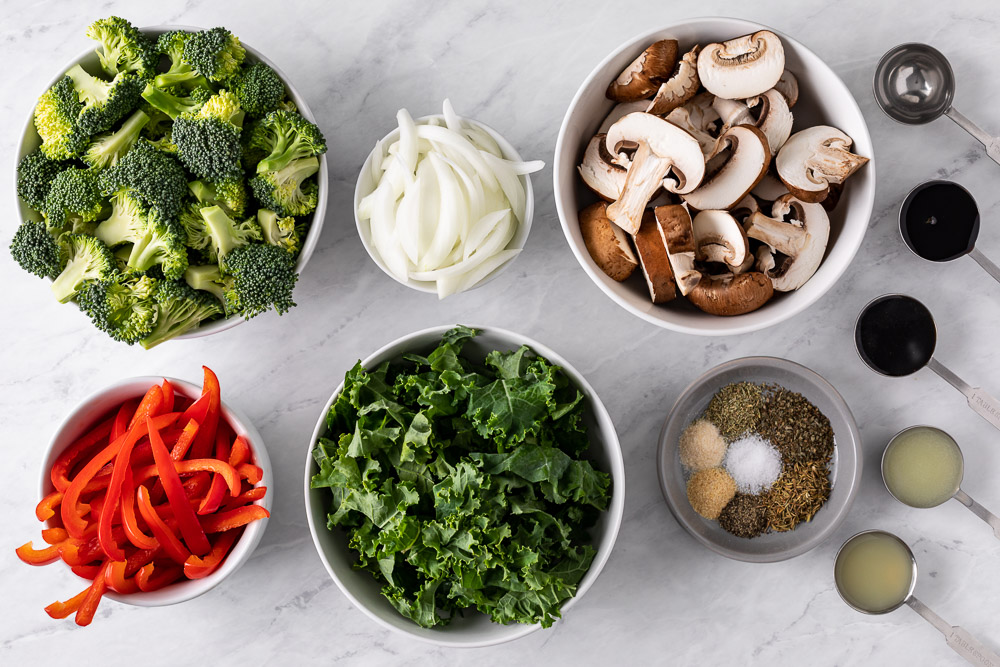

Latest News
How To Cook Vegetables Without Oil
Modified: January 22, 2024
Discover the latest news on cooking vegetables without oil. Learn how to prepare delicious and healthy meals using alternative techniques.
(Many of the links in this article redirect to a specific reviewed product. Your purchase of these products through affiliate links helps to generate commission for Chicagolandgardening.com, at no extra cost. Learn more)
Table of Contents
Introduction
Cooking vegetables without oil is a healthier alternative that can still result in delicious and flavorful dishes. While oil is commonly used for sautéing and roasting vegetables, it’s not necessary for achieving tasty results. Whether you’re looking to reduce your overall calorie intake, follow a specific dietary plan, or simply prefer a lighter cooking method, learning how to cook vegetables without oil can be a game-changer in your kitchen.
By eliminating oil from your cooking process, you can reduce the overall fat content in your meals. This can be especially beneficial for individuals who are watching their weight or managing certain health conditions, such as heart disease or high cholesterol. Additionally, cooking vegetables without oil preserves their natural flavors and textures, allowing you to fully enjoy the freshness and nutritional benefits of your produce.
While it may seem daunting to cook vegetables without oil, there are several techniques and tips that can help you achieve delicious results. In this article, we will explore various methods such as steaming, roasting, grilling, stir-frying, and boiling to help you prepare flavorful and nutritious vegetable dishes without the need for oil. Whether you’re a seasoned chef or a beginner in the kitchen, these techniques will provide you with the tools you need to create a wide variety of oil-free vegetable dishes.
Benefits of Cooking Vegetables Without Oil
Cooking vegetables without oil offers several benefits for your health and overall well-being. Here are some of the key advantages:
- Reduced Calorie Intake: By eliminating oil from your cooking process, you can significantly reduce the calorie content of your vegetable dishes. Oil is a calorie-dense ingredient, so removing it can be beneficial for weight management or calorie-controlled diets.
- Heart-Healthy Alternative: Cooking vegetables without oil can be beneficial for cardiovascular health. Oil, particularly oils high in saturated or trans fats, can contribute to high cholesterol levels and increase the risk of heart disease. By opting for oil-free cooking methods, you can reduce your consumption of unhealthy fats.
- Preserved Nutritional Value: By avoiding oil, you can preserve the nutritional value of your vegetables. Many vitamins and minerals, such as vitamin C and potassium, can be lost when vegetables are cooked in oil. Cooking vegetables without oil ensures you retain the maximum amount of nutrients.
- Enhanced Flavor and Texture: Contrary to popular belief, cooking vegetables without oil doesn’t mean sacrificing flavor. In fact, it can enhance the natural flavors and textures of the vegetables. Without the greasy coating of oil, you can savor the true essence of the vegetables and enjoy their inherent taste.
- Versatile Cooking Techniques: Cooking vegetables without oil opens up a wide range of cooking techniques that you can explore. From steaming and roasting to grilling and stir-frying, these methods allow you to experiment with different flavors and textures while keeping your dishes oil-free.
- Suitability for Various Diets: Cooking vegetables without oil makes it easier to adhere to specific dietary requirements. Whether you’re following a plant-based diet, low-fat diet, or any other dietary plan, oil-free cooking ensures that your meals align with your chosen eating regimen.
By opting to cook vegetables without oil, you can achieve a balance between delicious flavors and nutritional benefits. With the variety of cooking techniques available, you can create vibrant and satisfying dishes that prioritize your health and well-being.
Tips for Preparing Vegetables
Before you embark on your oil-free cooking journey, it’s important to know how to properly prepare your vegetables. Here are some helpful tips to ensure you get the most out of your produce:
- Wash Thoroughly: Start by thoroughly washing your vegetables to remove any dirt or debris. This step helps ensure the cleanliness and safety of your ingredients.
- Peel and Trim as Needed: While some vegetables, like carrots and potatoes, may need to be peeled, others can be enjoyed with their skins intact. Remember to trim any unwanted stems, ends, or blemishes from your vegetables.
- Cut Uniformly: For even cooking, aim to cut your vegetables into similar sizes. This helps ensure that all pieces cook evenly and are done at the same time.
- Blanch Before Cooking: Blanching is the process of briefly boiling vegetables and then immediately plunging them into ice water to stop the cooking process. This technique helps retain the vibrant colors, textures, and nutrients of the vegetables.
- Marinate for Flavors: If you’re looking to add extra flavors to your vegetables, consider marinating them in a mixture of herbs, spices, and a splash of vinegar or citrus juice. This step can infuse your veggies with delicious flavors before cooking.
- Preheat Your Cooking Surface: Regardless of the cooking method you choose, make sure to preheat the cooking surface before adding your vegetables. This helps prevent sticking and ensures even cooking.
- Season Appropriately: While cooking without oil can enhance the natural flavors of vegetables, don’t be afraid to season them with herbs, spices, or salt to further enhance the taste. Experiment with different flavor combinations to discover your favorites.
- Monitor Cooking Time: Keep an eye on the cooking time to avoid overcooking or undercooking your vegetables. Different vegetables have different cooking times, so it’s essential to check for doneness regularly.
- Enjoy Freshly Cooked Vegetables: To fully enjoy the flavors and textures of your oil-free vegetable dishes, serve them immediately after cooking. This ensures that you experience the vibrant colors, crispness, and nutritional benefits at their best.
By following these tips, you can ensure that your vegetables are properly prepared for oil-free cooking. Remember to experiment and have fun with different techniques, flavors, and textures to discover your favorite ways to enjoy oil-free vegetable dishes.
Steaming Vegetables
Steaming vegetables is a popular and healthy cooking method that allows you to cook them without the use of oil. Steaming helps retain the nutrients, colors, and textures of the vegetables, resulting in dishes that are both nutritious and flavorful. Here’s how to steam vegetables:
- Start by washing the vegetables thoroughly and cutting them into bite-sized pieces, ensuring they are relatively uniform in size for even cooking.
- Fill a pot with water and bring it to a boil. Place a steamer basket or a colander on top, making sure it’s not touching the water.
- Arrange the vegetables in a single layer on the steamer basket or colander. If you’re steaming different vegetables with varying cooking times, place the ones that cook faster towards the top.
- Cover the pot with a lid and steam the vegetables for the recommended time, typically 5-10 minutes, depending on the type and size of the vegetables. Check for doneness by poking them with a fork – they should be tender but still have a slight crispness.
- Once the vegetables are cooked to your desired tenderness, remove them from the steamer and season them with herbs, spices, or a sprinkle of salt if desired.
- Serve the steamed vegetables immediately to enjoy them at their freshest and tastiest. They can be enjoyed as a side dish, added to salads, mixed with grains, or incorporated into various recipes.
Steaming vegetables is a simple and gentle cooking technique that helps preserve their natural flavors and nutritional value. It’s perfect for a wide variety of vegetables such as broccoli, carrots, cauliflower, green beans, and asparagus. Whether you’re looking for a quick and healthy side dish or adding more veggies to your meal, steaming is a fantastic oil-free cooking method to try.
Roasting Vegetables
Roasting vegetables is a fantastic way to add depth of flavor and a delicious caramelization to your dishes without the need for oil. This cooking method brings out the natural sweetness of the vegetables and creates crispy edges. Here’s how to roast vegetables without oil:
- Preheat your oven to the desired temperature, usually around 400°F (200°C).
- Wash and chop your vegetables into even-sized pieces. Harder vegetables like potatoes and root vegetables may need to be cut into smaller chunks, while softer ones like bell peppers or zucchini can be sliced.
- Spread the vegetables in a single layer on a baking sheet lined with parchment paper to prevent sticking.
- Season the vegetables with your desired herbs, spices, salt, and pepper. You can get creative by adding garlic powder, paprika, thyme, or rosemary for extra flavor.
- Place the baking sheet in the preheated oven and roast the vegetables, stirring occasionally, until they are tender and browned. Cooking times will vary depending on the type and size of the vegetables, but it typically takes 20-30 minutes.
- Once the vegetables are beautifully roasted and have developed a golden color, remove them from the oven and let them cool slightly.
- Serve the roasted vegetables as a side dish, toss them with cooked grains for a hearty salad, or use them as a flavorful filling for wraps or sandwiches. They can also be incorporated into stir-fries or added to pasta dishes.
Roasting vegetables without oil allows them to develop a rich and savory flavor, and the natural sugars in the vegetables can caramelize, creating a slightly crisp exterior. This technique works well with a variety of vegetables, including broccoli, cauliflower, Brussels sprouts, sweet potatoes, and carrots. Enjoy the delightful combination of sweetness and crunch that roasted vegetables bring to your meals.
Grilling Vegetables
If you’re looking to add a smoky and charred flavor to your vegetables without using oil, grilling is the perfect technique. Grilling vegetables can impart a delicious aroma and enhance their natural sweetness. Here’s how to grill vegetables without oil:
- Preheat your grill to medium-high heat. If using a charcoal grill, make sure the coals are evenly lit and have turned gray.
- Wash and prepare your vegetables by cutting them into slices, wedges, or manageable pieces. Vegetables like bell peppers, zucchini, eggplant, and corn on the cob work well for grilling.
- Lightly season the vegetables with herbs, spices, salt, and pepper. You can use a dry rub or marinade to infuse them with additional flavors.
- Place the vegetables directly on the grill grates, ensuring they are not overcrowded. This allows them to cook evenly and develop grill marks.
- Grill the vegetables for a few minutes on each side, turning them with tongs or a spatula. The exact cooking times will depend on the thickness of the vegetables and your desired level of tenderness.
- Once the vegetables have developed a charred exterior and are tender, carefully remove them from the grill.
- Let the grilled vegetables rest for a few minutes before serving to allow the flavors to meld together.
- Grilled vegetables can be enjoyed on their own as a flavorful side dish, added to salads, used as a filling for sandwiches or wraps, or incorporated into pasta dishes and stir-fries.
Grilling vegetables without oil gives them a pleasant smoky flavor and a slightly crispy texture. The grill intensifies the natural sweetness of the vegetables and adds a delightful charred flavor. Experiment with different vegetables and marinades to create a variety of grilled vegetable dishes that will impress your family and friends.
Stir-Frying Vegetables
Stir-frying is a quick and flavorful cooking technique that allows vegetables to retain their natural color, crunch, and nutritional value. While traditionally done with oil, it’s possible to stir-fry vegetables without oil to create a healthy and delicious dish. Here’s how to stir-fry vegetables without oil:
- Prepare your vegetables by washing them thoroughly and cutting them into small, uniform pieces. This ensures that they cook evenly and quickly.
- Heat a non-stick skillet or wok over medium-high heat. Adding a small amount of water or vegetable broth to the pan can help prevent sticking.
- Add the vegetables to the hot skillet and cook them, stirring frequently, until they are tender-crisp. This usually takes 5-7 minutes, but keep an eye on the vegetables to avoid overcooking.
- You can enhance the flavors of the stir-fried vegetables by adding seasonings such as soy sauce, minced garlic, ginger, or your favorite herbs and spices.
- Continue to stir-fry the vegetables for an additional minute or two until the flavors have melded together.
- Remove the skillet from the heat and serve the stir-fried vegetables immediately. They can be enjoyed on their own as a healthy side dish or incorporated into stir-fries, grain bowls, or noodle dishes.
Stir-frying vegetables without oil allows you to enjoy their natural flavors and textures while keeping the dish light and healthy. The high heat of stir-frying ensures that the vegetables retain their vibrant colors and crispness. From broccoli and bell peppers to snap peas and baby corn, a wide variety of vegetables can be stir-fried to create a flavorful and nutritious meal.
Boiling Vegetables
Boiling vegetables is one of the simplest and easiest methods to cook them without the need for oil. While boiling vegetables can cause some loss of nutrients compared to other cooking methods, it is still an excellent way to enjoy soft and tender veggies. Here’s how to boil vegetables:
- Start by washing your vegetables thoroughly and cutting them into smaller pieces, if necessary, to ensure even cooking.
- Fill a pot with enough water to fully submerge the vegetables. Add a pinch of salt to enhance the flavor.
- Bring the water to a boil over medium-high heat.
- Gently add the vegetables to the boiling water and cook them for the recommended time. Cooking times will vary depending on the type and size of the vegetables.
- Check for doneness by inserting a fork into the vegetables. They should be soft and easy to pierce but not mushy.
- Once the vegetables are cooked to your desired tenderness, remove them from the boiling water using a slotted spoon or a strainer.
- Immediately transfer the boiled vegetables to a bowl of ice water to stop the cooking process and help retain their vibrant colors.
- Drain the vegetables well and serve them as a side dish, incorporate them into salads, or use them in soups, stews, or other recipes.
Boiling vegetables without oil is a simple and effective way to cook them until they reach the desired softness. While boiling vegetables can lead to some nutrient loss, it still provides an easy and convenient way to enjoy a variety of vegetables. Whether you’re boiling broccoli florets, carrots, green beans, or potatoes, this method allows you to create tasty and nutritious dishes that the whole family can enjoy.
Conclusion
Learning how to cook vegetables without oil opens up a world of possibilities for creating healthier, flavorful, and nutrient-rich dishes. Whether you choose to steam, roast, grill, stir-fry, or boil your vegetables, these oil-free cooking techniques allow you to enjoy the natural flavors and textures of the produce while reducing your overall calorie and fat intake.
By cooking vegetables without oil, you can reap a multitude of benefits. It helps you maintain a heart-healthy diet, reduces unnecessary calorie consumption, and preserves the nutritional value of the vegetables. Furthermore, the diverse range of cooking methods lets you experiment with different flavors, adding an element of excitement to your meals.
Remember to follow essential tips for preparing vegetables, including washing them thoroughly, cutting them uniformly, and seasoning them appropriately. Each cooking method, from steaming and roasting to grilling and stir-frying, offers unique advantages in terms of taste, texture, and culinary creativity.
So, whether you’re a health-conscious individual, following a specific dietary plan, or simply looking for a change in your cooking routine, embrace the joy of cooking vegetables without oil. Explore new recipes, experiment with diverse flavors, and savor the goodness of oil-free vegetable dishes that will nourish your body and delight your taste buds.


